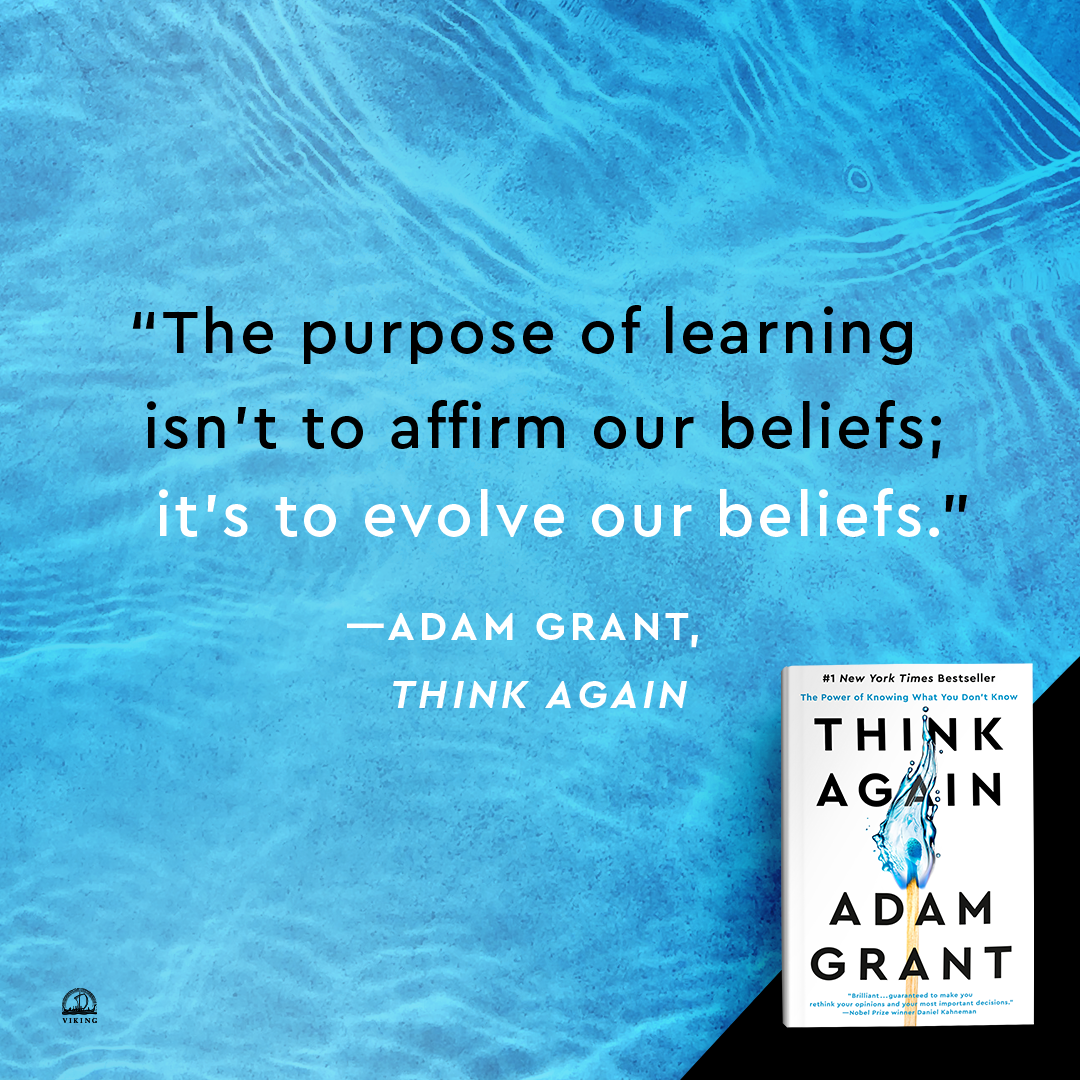The first lesson with a new high school class — particularly at a new school — can be nerve wracking. There’s potentially a lot of pressure to ‘get it right’ and ‘set the tone’. My view: don’t worry about getting the first lesson perfect. Instead, have a great plan of attack for the first few classes.
There are so many things to establish when you get a new class. You need to introduce yourself, set behaviour and homework expectations, talk about the content you’ll be working on (and the assessments), learn students’ names and learning tendencies…
It’s a big ask.
There’s a quote I think about a lot. I heard it from Tony Robbins, but the quote has many authors. The quote goes something like: “people overestimate how much they can achieve in one year, but underestimate how much they can achieve in five years”.
We can apply this to a new class. It’s challenging to do a lot in class one …but by the end of class five or 10, things can become clearer and patterns more established.
A unifying principle
My goal for the first few classes is to establish myself as an organised and approachable teacher.
What does being organised mean? I’ve got a plan and I’m working hard to make the class run as smoothly as possible. I’ve got the materials I need. The learning management system (LMS) is setup and regularly updated, including with details of the assessment tasks.
What does being approachable mean? I’m greeting students as they arrive and doing my best to learn about their individual interests. I’ll answer your questions and, if I don’t have the answers, I’ll make a note and follow this up. I’m going to smile and make jokes. I don’t subscribe to the “don’t smile until Easter” theory.
The first class
My expectations are relatively low for the first class. It’s a new group of students, potentially all unknown, at the start of a fresh school year.
I’m going to settle the class, welcome everyone and mark the roll. There’s no need for students to go around and introduce themselves. They either know each other or are going to be around each other all day every day. I don’t give students a questionnaire to fill out — I’ll learn about them as the term/year progresses.
I’ll introduce the content for the term and outline the assessment task. We’ll then check out the LMS and do a short activity — tangentially related to the content, definitely engaging — and submit our work on the LMS.
And that’s it. Over the next few classes, we’ll start on the class content. I’ll also get into behaviour and homework expectations, and the consequences of not meeting these.
But don’t you need to do more in the first class?
After all, doesn’t the first class set the tone?
The first class sets a tone. It doesn’t set the tone. I can always course correct if the class is going off the rails.
I once had a Year 9/10 class that was very large and very messy. I did a hard reset. I imposed a seating plan. I wrote up more detailed behavioural expectations and printed these out for students. I sent an email home detailing the issues with the class and the steps I’d taken, as well as the consequences for misbehaviour.
You can always take steps to set a new tone. Just ‘tone down’ the importance of the very first class.
